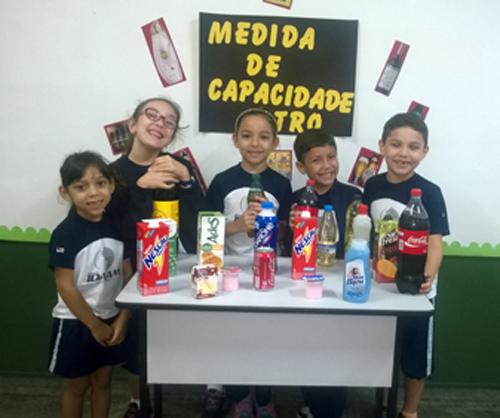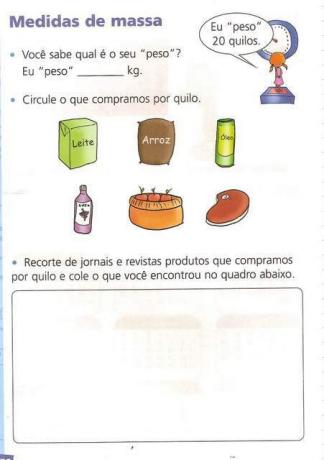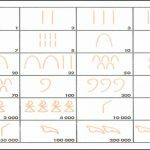
Activities on capacity measurements help children to diversify liters, kilometers, grams and other measurement models.
Its use is important when buying food, making a prescription, taking medicine.

More simply, it's what fits inside something, like a soda can, a box of milk or a gas tank, bottles, ice cream pots, blender cup, among many others.
To teach capacity measurements, we use a unit called a liter, which has the L as a symbol. Its multiples and submultiples serve to determine larger or smaller amounts of content.

The student will be able to learn in this class, the notion of volume; the standardized units of capacity measurements (L and ml); relationships between different measures of capability;
Circle what we buy per kilo. Rice, fruit, meat. Cut out products we buy by the kilo from newspapers and magazines and paste what you found on the board.

Sometimes, when trying to solve an exercise, it is necessary for the student to make a conversion from one measurement unit to another. For this reason it is necessary to teach all forms.
Length is perhaps the most used measure in everyday life. Therefore, I believe that everyone should be able to understand this magnitude and its measurement unit.

Is important:
Organize students into pairs;
Packaging of liquid products (bottle, liter, cups, pots, etc.) copies of the activity.
Distribute packages and bottles to students and check without having the ml symbol.

Observe measurements in liters and milliliters.
Ask students how many milliliters can fit in a 1 liter container?
What is sold or what is bought in liters and in milliliters?
When do we use these measurements?
When we fill a liter of water, do we use it?

It is important to always develop practical activities so that this way it becomes more engraved in the children's minds.
Did you like it? Share this post on your social network
 MULTIPLICATION EDUCATIONAL ACTIVITIES
MULTIPLICATION EDUCATIONAL ACTIVITIES
 TEACHING SEQUENCE ABOUT FOLKLORE
TEACHING SEQUENCE ABOUT FOLKLORE
 Math Activities for the 2nd year
Math Activities for the 2nd year
 ACTIVITIES ABOUT THE EGYPTIAN NUMBER SYSTEM
ACTIVITIES ABOUT THE EGYPTIAN NUMBER SYSTEM
 ACTIVITIES WITH SIMPLE SYLABES TO FORM WORDS
ACTIVITIES WITH SIMPLE SYLABES TO FORM WORDS
 ACTIVITIES WITH CHECKED MESH
ACTIVITIES WITH CHECKED MESH
This site uses Akismet to reduce spam. Learn how your comment data is processed.


